Previously published on June 26th, 2012.
When my daughter started preschool, I didn’t expect to be the one making all the friends. For an entire year, every weekday, I saw the same women (and men) as we dropped off and picked our kids up from school. It wasn’t just a drop-off kind of situation either, we actually went in and signed our children in and came face to face with each other everyday. I think in a way, all of us got to know each other a little better and I’ll admit, there were a few tears when the last day of school happened… and not from the kids either.
As it turns out, every single kid in my daughter’s class will be going to different elementary schools. However, we vowed to get together as often as we can.
The other day, one of my “mom friends” as we call each other, invited us over for a pool party. Oh yeah… I probably would have been more excited if I knew how to swim but we won’t talk about that today.
However, I was excited to see some of my friends and get in a little sun time. My daughter was also excited to see a few of her friends even though she tried to take all the pool toys and keep them for herself. (They did work it out amongst themselves and even did a sweet little trade action with the colors & toys)
While we were there, she offered us some oranges (see, I bet you thought this story had no point up until now, but it does). These oranges were absolutely amazing. They weren’t like the oranges I’ve had in the past.. where I thought they were so gross I quit buying them. These oranges were delicious.
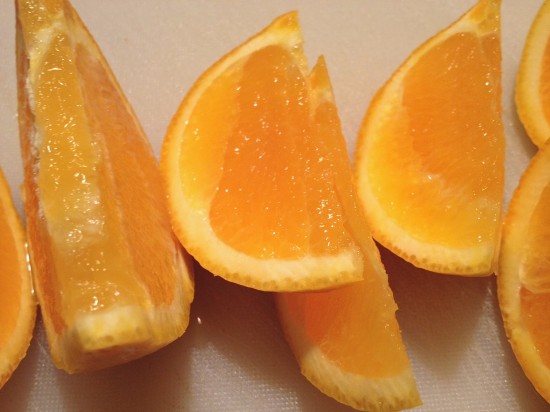
I asked her where she got them and proceeded to go out and buy them the very next day. Her answer was Super Walmart. Who woulda thought?
I bought them and they were just as good as the ones I had the day of the pool party. It wasn’t just a lucky orange in a bag of nasty, sour ones.
While at the store buying the oranges, I saw huge barrels of other fruits and vegetables that were obviously in season and on sale. I decided to do a little research and find out what other fruits are in season for the summer.
Enjoy!
What’s In Season? Summer Edition
This go-to guide for seasonal fruits and veggies is based on June, July, August.
Apricots
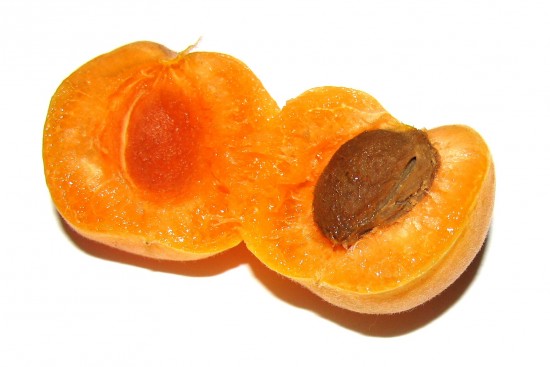
How to Select
Choose apricots that are plump, firm and uniformly colored.
How to Store
Store apricots at room temperature until ripe then in the refrigerator in a plastic bag for 3-5 days.
Nutrition Benefits
Low fat, saturated fat free, cholesterol free, sodium free, excellent source of vitamin A and vitamin C, good source of potassium and fiber.
Beets
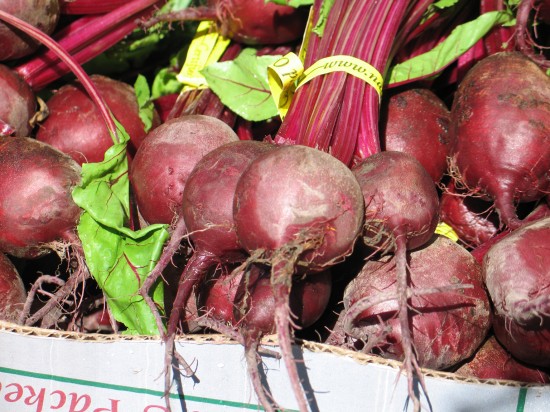
How to Select
Choose beets with firm, smooth skins and non-wilted leaves if still attached. Smaller ones are more tender.
How to Store
Remove leaves, leaving about an inch of the stems. Use leaves as greens- raw or cooked. Store roots in a plastic bag in refrigerator for up to 3 weeks. Wash before cooking.
Nutrition Benefits
Fat free, saturated fat free, cholesterol free, low sodium, excellent source of folate.
Bell Peppers
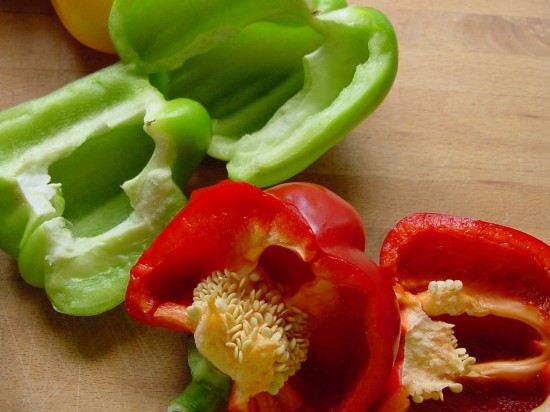
How to Select
Choose firm, brightly colored peppers with tight skin
that are heavy for their size.
Avoid dull, shriveled or pitted peppers.
How to Store
Refrigerate bell peppers in plastic bag for use within 5 days.
Nutrition Benefits
Fat free; saturated fat free; low sodium; cholesterol free; low calorie; high in vitamin C.
Blackberries
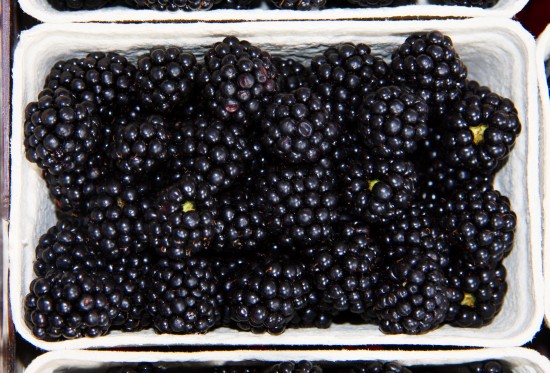
How to Select
Choose blackberries that are shiny and not bruised or leaking.
How to Store
Refrigerate blackberries for 3-6 days; wash just before using.
Nutrition Benefits
Low fat, saturated fat free, cholesterol free, sodium free and an excellent source of vitamin C and fiber.
Cantaloupe
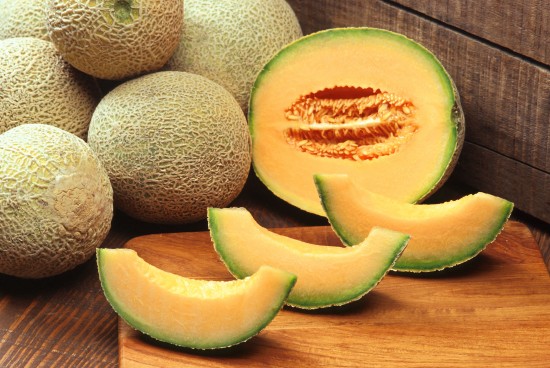
How to Select
Choose fragrant, symmetrical cantaloupes, heavy for size with no visible bruises and yellow or cream undertone. Stem end should give to gentle pressure.
How to Store
Store uncut cantaloupes at room temperature for up to 1 week. Refrigerate cut melon in airtight container up to 5 days.
Nutrition Benefits
Fat free; saturated fat free; very low sodium; cholesterol free; high in vitamin A; high in vitamin C; good source of folate.
Cherries
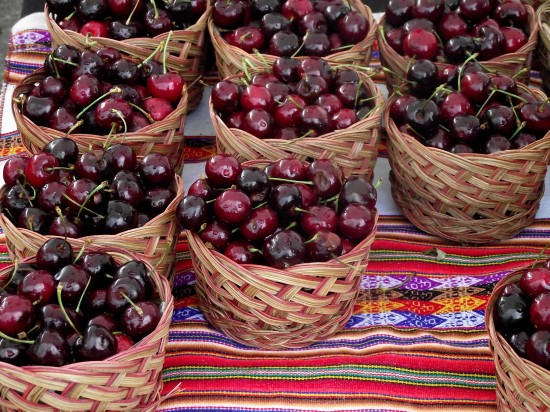
How to Select
Select firm, red cherries with stems attached. Avoid soft, shriveled or blemished cherries.
How to Store
Refrigerate cherries for up to 10 days.
Nutrition Benefits
Fat free; saturated fat free; sodium free; cholesterol free; good source of vitamin C; good source of potassium.
Corn
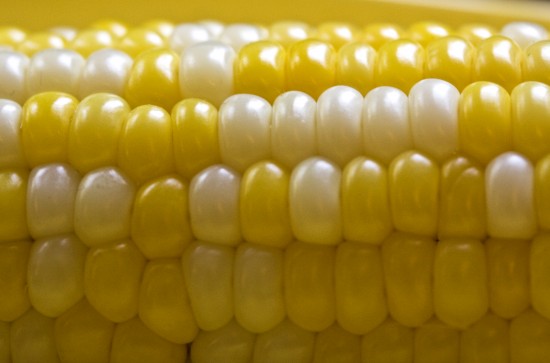
How to Select
Choose ears with green husks, fresh silks and
tight rows of kernels.
How to Store
Refrigerate corn with husks on for use as soon as possible or within 1-2 days.
Nutrition Benefits
Low fat; saturated fat free; sodium free; cholesterol free; good source of vitamin C.
Cucumbers
How to Select
Choose firm, well shaped cucumbers
with dark green color, heavy for size.
How to Store
Refrigerate cucumbers in plastic bag up to 1 week.
Nutrition Benefits
Fat free; saturated fat free; sodium free; cholesterol free; low calorie; good source of vitamin C.
Eggplant
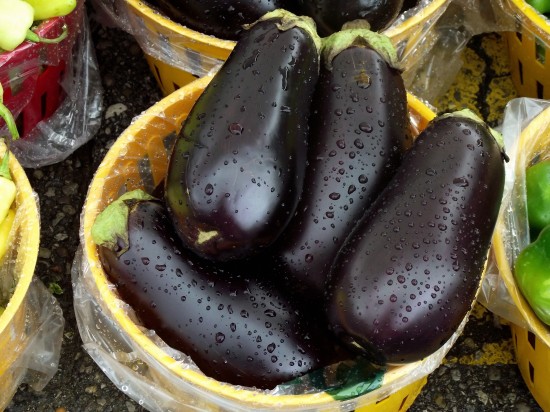
How to Select
Choose eggplants that are heavy for their size and without cracks or discolorations.
How to Store
Store eggplants in the refrigerator crisper drawer. Use within 5-7 days.
Nutrition Benefits
Fat free, cholesterol free, sodium free, low in calories, good source of dietary fiber.
Grapes
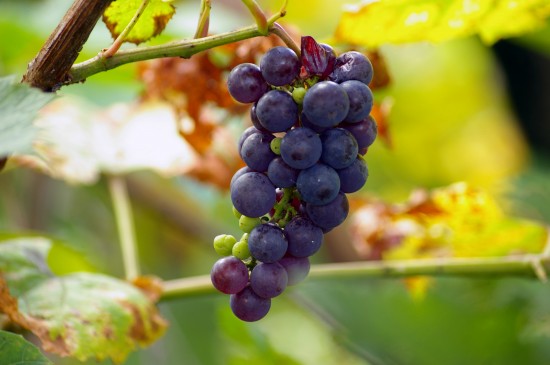
How to Select
Choose plump, firm grapes that are firmly attached to the stem.
How to Store
Store grapes in a plastic bag in the refrigerator for up to 1 week.
Nutrition Benefits
Fat free; saturated fat free; very low sodium; cholesterol free.
Peaches
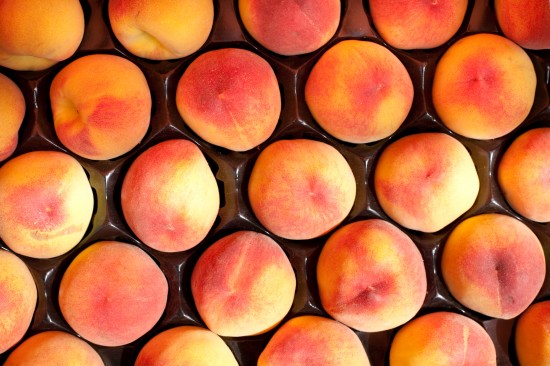
How to Select
Choose peaches with firm, fuzzy skins that yield to gentle pressure when ripe.
Avoid blemishes.
How to Store
Store unripe peaches in paper bag.
When ripe, store at room temperature for use
within 1-2 days.
Nutrition Benefits
Low fat; saturated fat free; sodium free; cholesterol free; good source of vitamin C.
Strawberries
How to Select
Choose shiny, firm strawberries with a bright red color.
Caps should be fresh, green and intact.
Avoid shriveled, mushy or leaky berries.
How to Store
Do not wash strawberries until ready to eat. Store in refrigerator
for 1-3 days.
Nutrition Benefits
Fat free; saturated fat free; sodium free; cholesterol free; high in vitamin C; high in folate.
Tomatoes
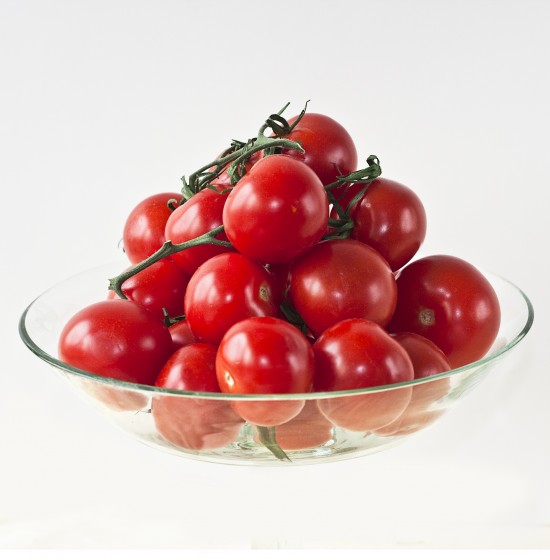
How to Select
Choose tomatoes with bright, shiny skins and firm flesh.
How to Store
Store at room temperature away from direct sunlight,
for use within 1 week after ripe. Tomatoes taste best if not refrigerated; refrigerate only if you can’t use them before they spoil.
Nutrition Benefits
Low fat; saturated fat free; very low sodium;
cholesterol free; low calorie; high in vitamin A;
high in vitamin C; good source of potassium.
Watermelon
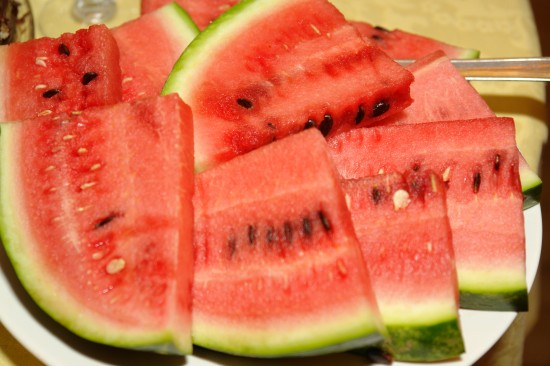
How to Select
Choose symmetrical watermelons with dried stems and yellowish undersides, heavy for size.
How to Store
Store whole watermelons at room temperature.
Refrigerate cut watermelons in airtight container for use within 5 days.
Nutrition Benefits
Fat free; saturated fat free; sodium free; cholesterol free; high in vitamin A; high in vitamin C.
These are just a few of the traditional fruits and veggies that are in season right now. Believe it or not, there’s quite the list as this is a good time for fresh produce. Here’s a cool map from Epicurious that shows you peak-seasons for buying.
Modern Day Moms
Modern Day Moms is an award-winning publication centered around motherhood that is real and unfiltered. Basically, we don't sugarcoat anything and aren't afraid to tell you the truth. Let's be best friends, we will make you feel more normal.




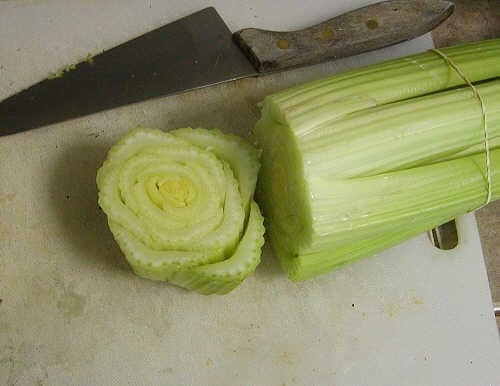
Leave a Comment